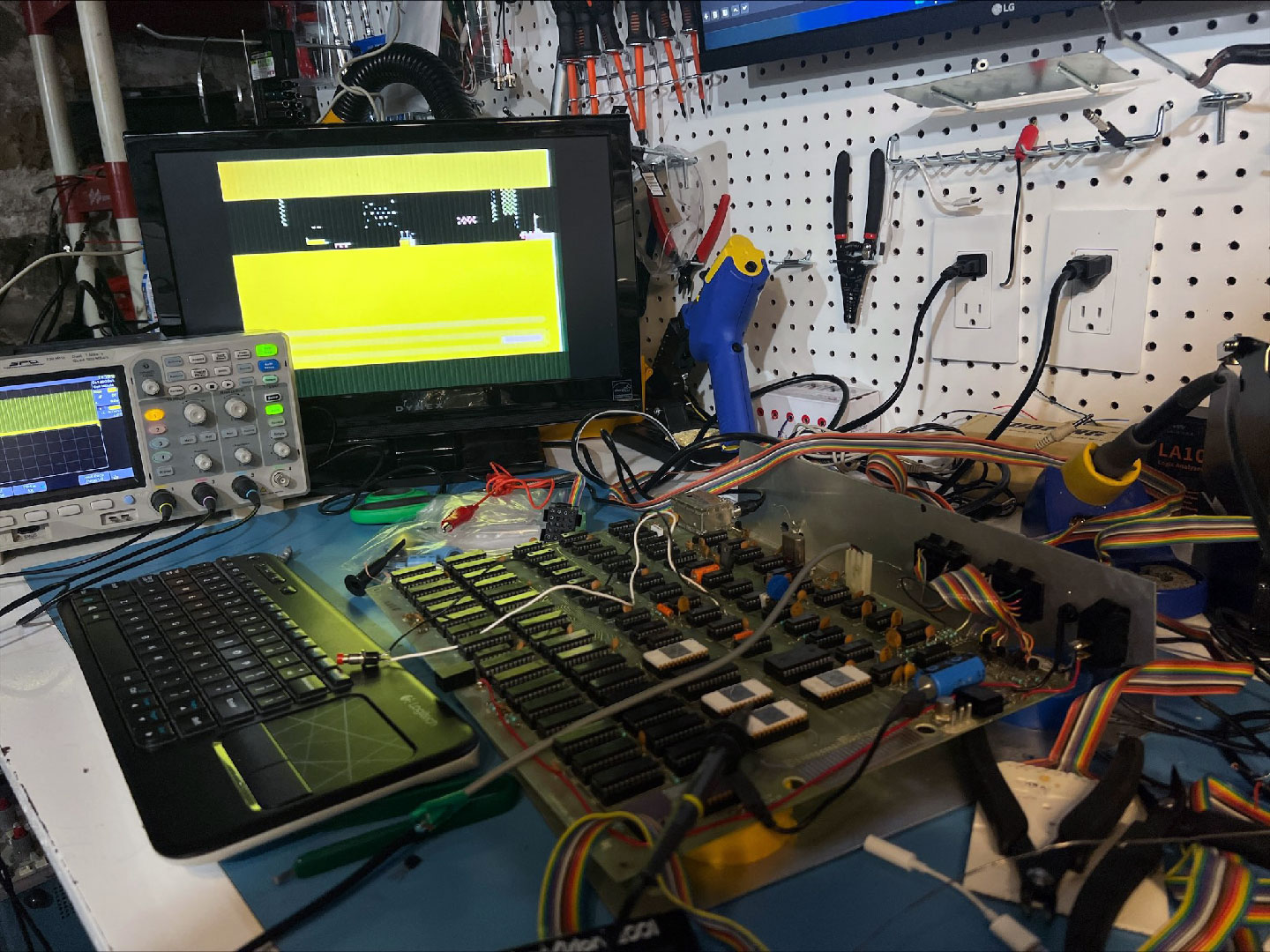
Overview
The Bally Arcade / Bally Astrocade / Bally Professional Arcade was an ambitious home computer and video game console combo released in 1978. It sported a 24-button calculator keypad, four joystick ports, a ROM with four built-in applications (Gunfight, Checkmate, Calculator, Scribbling), a light-pen connector and expansion bus and 256 possible colors (8 simultaneous or 2 in BASIC). The joysticks included a trigger button, directional joystick and a 256-position analog wheel on top. Unfortunately, the system was plagued by delays and manufacturing shuffles and never caught on compared to other systems at the time. Several planned add-ons and expansions never came to be, or were only produced through third parties including a full-featured keyboard. It made a cameo appearance in National Lampoon's Vacation and a few catalog appearances, but didn't get a lot of media fanfare beyond that. However, for many years there existed a very devoted group of users, newsletters and more.
45 years later, the system still has a small but ambitious group of enthusiasts involved in the preservation and advancement of the system. Major shout-out to Adam Trionfo and Paul Thacker who have done an incredible job scanning and preserving all artifacts of Bally on BallyAlley.com. Much of the archives originate from the Bob Fabris collection, who ran the largest newsletter Arcadian for years and generously offered tens of gigabytes of materials for preservation. This is the polar opposite of many vintage systems where almost all traces of documentation have been lost or remain in some dusty corner of a basement.




